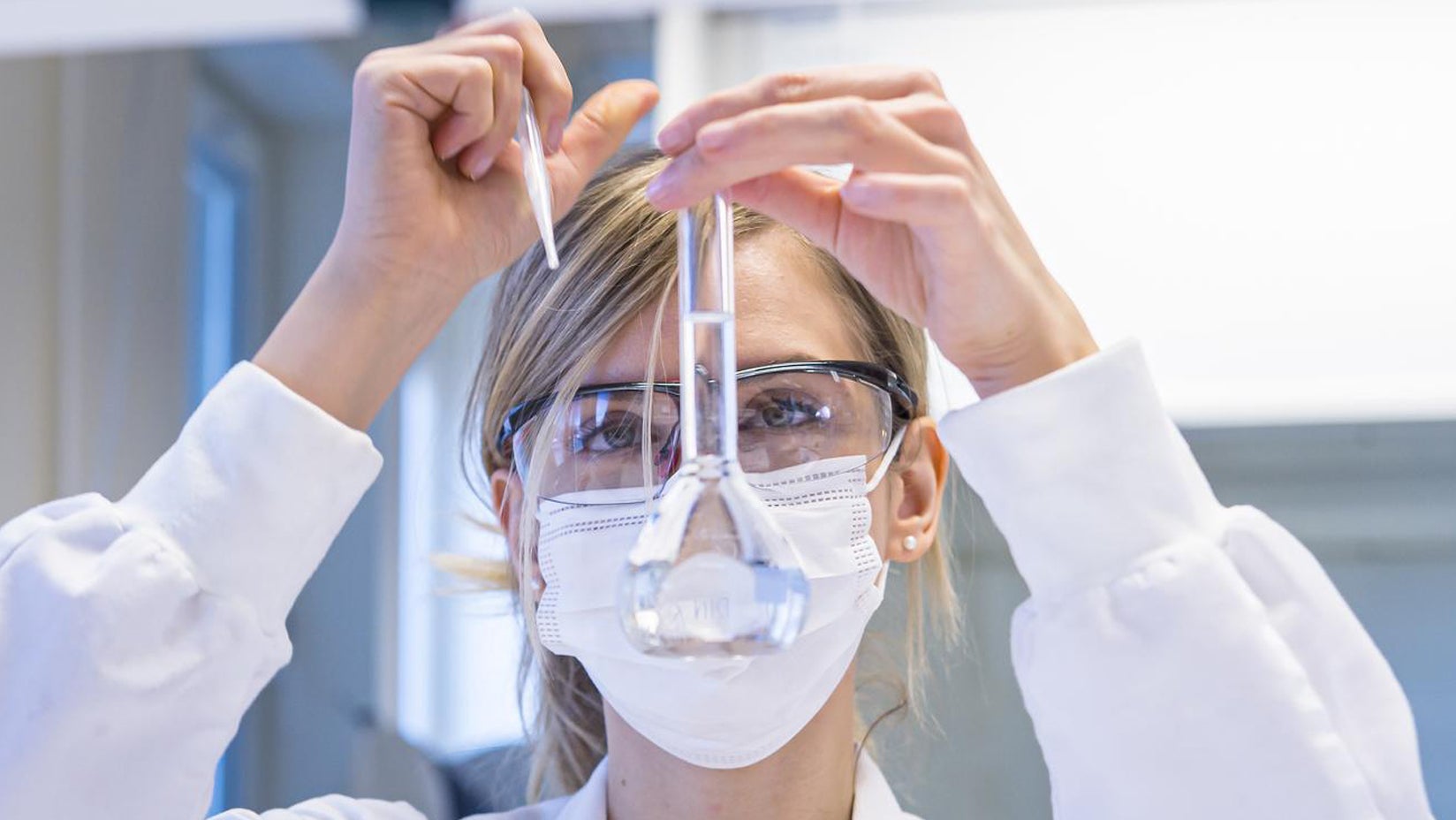The facts on facial ageing
Facial ageing is a complex process that affects many parts of the human face. One effect is a loss of definition and bone support due to bone resorption, especially at the jawline and temples. Another is the loss of facial fat, leading to a loss of facial volume. In addition, fat compartments in the cheeks may descend toward the jawline, affecting the entire facial contour. Meanwhile, with a loss of collagen, hydration and elasticity, fine lines and wrinkles may appear. Qualified healthcare practitioners use dermal fillers to address these facial ageing challenges. Additionally, some individuals may choose to work with healthcare practitioners to reach non-age-related aesthetic goals.

The history of hyaluronic acid dermal fillers
Before, hyaluronic acid gels were of animal origin, with the associated higher risks of causing unwanted immune reactions.
Hyaluronic acid is a native molecule that occurs naturally in our bodies. It is a polysaccharide, a kind of sugar molecule, which can bind huge amounts of water—1,000 times its own weight. Hyaluronic acid therefore helps our bodies to retain water and to keep our body tissues soft, hydrated and flexible.
Natural hyaluronic acid in our bodies form long molecular chains. This naturally occurring hyaluronic acid degrades quickly, in 24-48 hours. Galderma's dermal fillers contain hyaluronic acid that has been stabilized with a cross-linking technology. This makes the chains of the hyaluronic acid molecules form a three-dimensional network that is very similar to naturally occurring hyaluronic acid, but does not degrade at the same rate.


